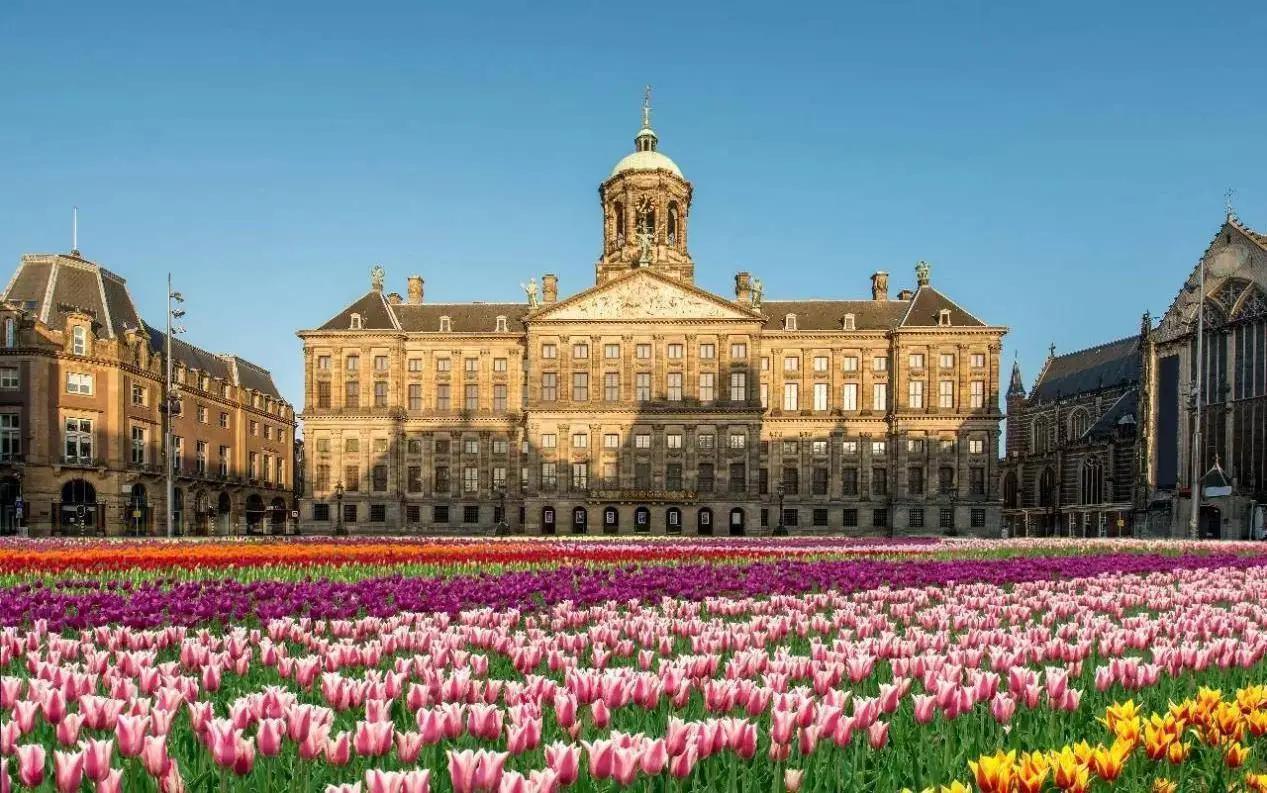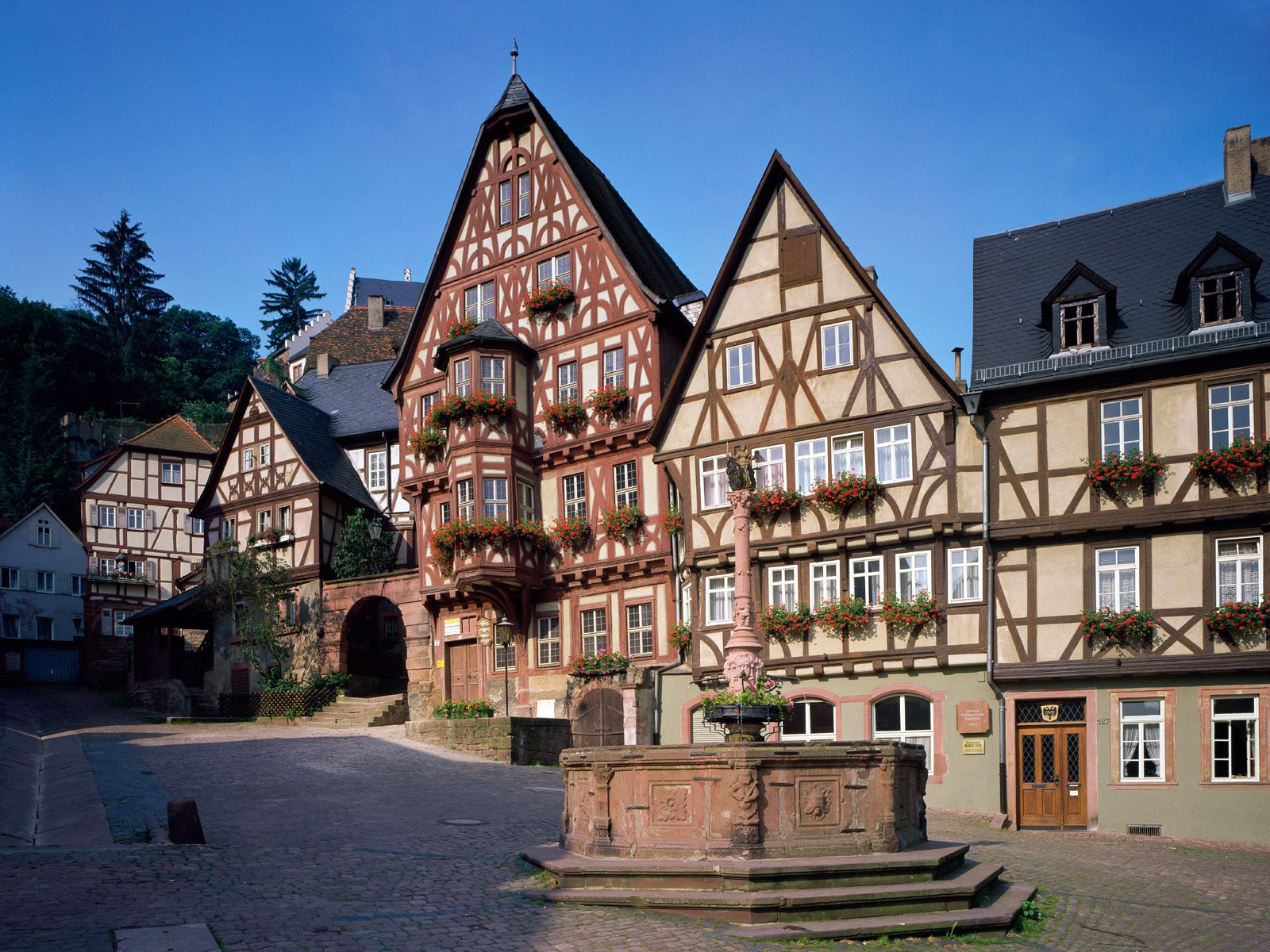Japan Travel
Japan’s Lacquerware Workshops: Craft Experience Attractions
Japan’s Lacquerware Workshops: Craft Experience Attractions
In the heart of Japan’s cultural landscape lies a world of exquisite artistry and profound tradition: the lacquerware workshop. Known as shitsugei in Japanese, lacquerware embodies a heritage that stretches back over millennia, yet it remains vibrantly alive today. For travelers and culture enthusiasts, these workshops are not merely places of production but immersive portals into Japan’s aesthetic soul. They offer hands-on experiences that transform observers into participants, allowing a deeper understanding of a craft that intertwines nature, spirituality, and human ingenuity.

Lacquer, or urushi, is the lifeblood of this art form. Harvested from the sap of the Toxicodendron vernicifluum tree, it is a natural material renowned for its durability, luminous beauty, and profound cultural significance. The process of creating lacquerware is painstaking and layered—both literally and metaphorically. It involves multiple stages of coating, drying, and polishing, often requiring months or even years to complete a single piece. This meticulousness reflects a broader Japanese philosophy: the pursuit of perfection through patience and reverence for materials.
Across Japan, from the historic streets of Kyoto to the rustic villages of Wakayama, lacquerware workshops open their doors to visitors, offering a range of experiences tailored to different levels of engagement. These workshops serve as living museums where masters, known as shokunin, demonstrate techniques passed down through generations. More importantly, they provide visitors with the opportunity to try their hand at decorating, polishing, or even crafting small items under expert guidance.
One of the most accessible forms of participation is the makie experience. Makie, which translates as "sprinkled picture," is a decorative technique where gold or silver powder is delicately dusted onto wet lacquer to create intricate designs. In cities like Kanazawa—a hub for traditional crafts—workshops such as the Kanazawa Lacquerware Art Museum offer sessions where visitors can adorn items like chopsticks, trays, or small boxes with their own designs. The process is meditative: using fine brushes and delicate tools, participants learn to apply lacquer and then sprinkle metal powders to bring their patterns to life. The result is a personalized souvenir, but more importantly, a memory infused with the tactile joy of creation.
For those seeking a deeper dive, some workshops provide multi-day courses that cover the entire process of making lacquerware. In the town of Wajima, on the Noto Peninsula, renowned for its durable and elegant Wajima-nuri lacquerware, visitors can join programs that include everything from base wood carving to the final polishing. Under the watchful eye of artisans, participants experience the rhythm of the craft—the application of successive layers of lacquer, each requiring days to cure in humid chambers designed to optimize drying. These extended experiences highlight the interdependence of human skill and natural elements, a harmony central to Japanese craftsmanship.
Another notable region is Aizu in Fukushima Prefecture, famous for Aizu-nuri, which often features vibrant red and black lacquer with subtle geometric patterns. Here, workshops like the Aizu Lacquerware Cooperative offer hands-on classes that emphasize the finishing techniques. Visitors might experience kijiro-nuri, where layers of transparent lacquer are applied and polished to reveal the natural grain of the wood beneath, or chinkin, where designs are engraved and filled with gold dust. These activities demystify the complexity of lacquerware while fostering an appreciation for the artisans who dedicate their lives to the craft.
Beyond the technical skills, these workshops immerse visitors in the cultural and spiritual dimensions of lacquerware. In Japan, lacquer is more than a coating; it is a symbol of protection, beauty, and ritual purity. It has been used for centuries in religious ceremonies, tea culture, and daily life. Many workshops begin with an introduction to the history and significance of lacquer, often touching on its role in the Japanese tea ceremony (sadō), where lacquered bowls and utensils are revered for their elegance and functionality. This contextualization enriches the practical experience, connecting each brushstroke to a broader cultural narrative.
Moreover, the workshops often emphasize sustainability and respect for nature. Urushi is a renewable resource, but its harvesting is labor-intensive and requires careful stewardship. Artisans frequently share their knowledge about the ecology of the lacquer tree and the importance of preserving the forests that sustain it. This ecological mindfulness resonates with contemporary global concerns, making the lacquerware experience not only a cultural journey but also a lesson in sustainable practices.
The rise of experiential tourism has breathed new life into these traditional workshops. While mass-produced goods dominate modern markets, the desire for authentic, handcrafted experiences has drawn a growing number of visitors to lacquerware studios. This trend supports the preservation of intangible cultural heritage and provides economic sustenance to rural communities where many workshops are located. It also fosters cross-cultural dialogue, as international visitors and local artisans exchange ideas and inspirations.
In conclusion, Japan’s lacquerware workshops are far more than tourist attractions—they are dynamic spaces where tradition and innovation converge. They offer a unique blend of education, participation, and inspiration, allowing visitors to engage with Japanese culture in a profound and personal way. Through the act of creating with urushi, one touches the essence of Japanese aesthetics: the beauty of imperfection (wabi-sabi), the value of patience, and the deep respect for materials and processes. For anyone seeking to understand the heart of Japan, a visit to a lacquerware workshop is an essential and unforgettable experience.
相关文章
- Yamagata’s Zao Onsen: Snow Monster Hot Spring Attraction
- Japan’s Maid Cafés: Akihabara Subculture Attractions
- Okayama’s Okayama Korakuen: Historic Garden Attraction
- Japan’s Horse Racing Tracks: Equestrian Sports Attractions
- Tokyo’s Odaiba Gundam: Anime Icon Attraction
- Japan’s Doll Festivals: Hinamatsuri Attractions
- Kagoshima’s Ibusuki Onsen: Sand Bath Hot Spring Attraction
- Japan’s Table Tennis Clubs: Recreational Attractions
- Kyoto’s Nishiki Market: 400-Year-Old Food Attraction
- Japan’s Camellia Festivals: Winter Flower Attractions
发表评论
评论列表
- 这篇文章还没有收到评论,赶紧来抢沙发吧~


